Guide To Wheat Flour
This post may contain affiliate links. Please read our disclosure policy.How do you decide what flour to buy when you’re at the grocery store? The other day I was chatting with some friends about the different types of flour you can buy and they seemed floored that there even existed anything other than the typical “all purpose,” “bread flour” and “whole wheat.” I’ll admit, it can be super confusing, especially with all of the different choices and packaging out there. Did you know that farmers in the U.S. produce over 1.9 billion bushels of wheat every year? So let’s break it down in this guide to wheat flour.

Guide to Wheat Flour: The Science Behind Wheat
Wheat comes from a wheat plant which produces wheat berries. A wheat berry looks like a small kernel (think about the size of a kernel of corn) and is divided into three parts bran, germ and endosperm.
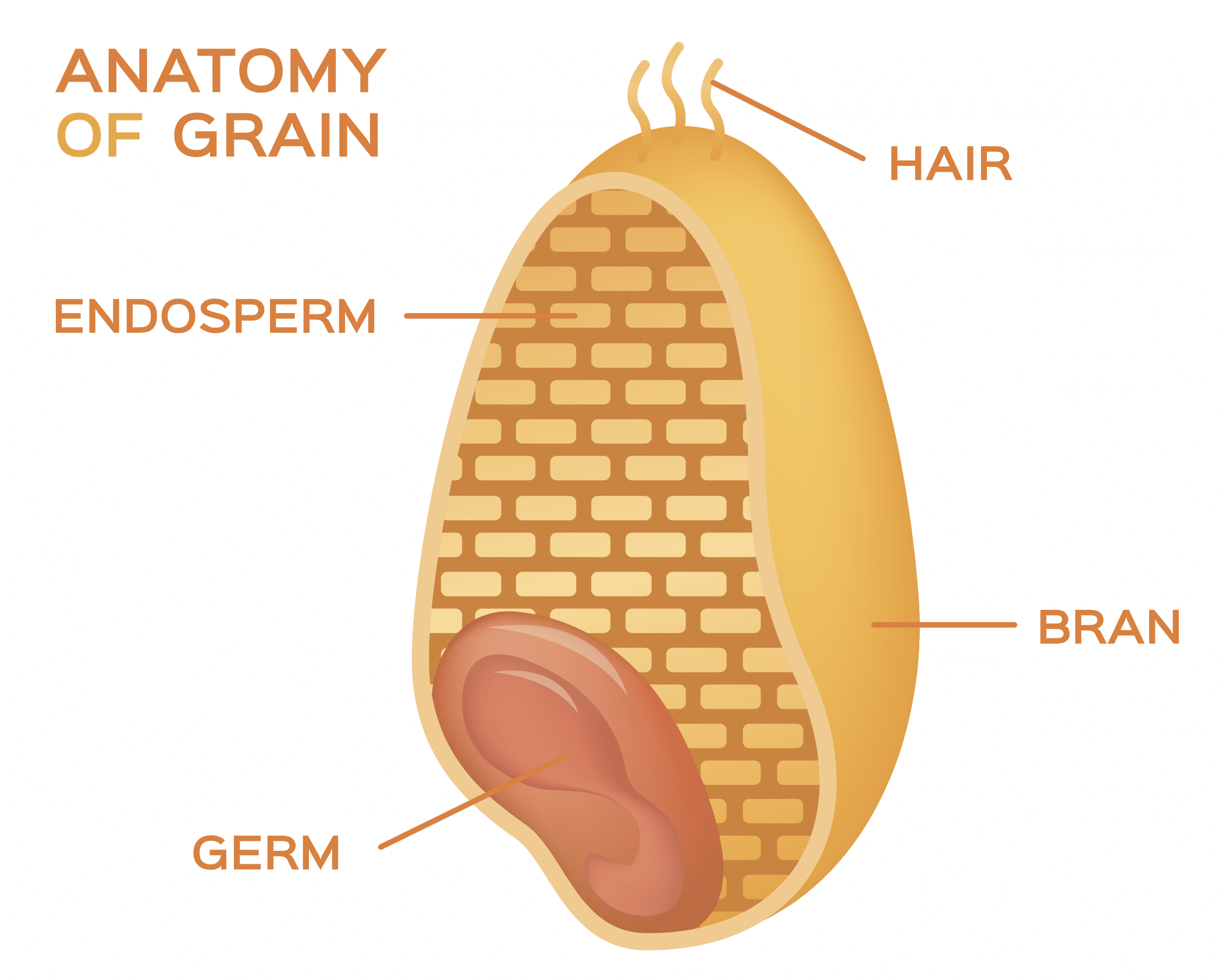
- Bran– This is the fiber and the shell of the wheat berry. When broken down it creates tiny jagged shards that give milled wheat a brown color. It makes up about 13% of the wheat berry and contains most of the mineral content of the kernel.
- Germ– A small part of the inside of a wheat berry which contains all the fat, protein, vitamins and flavor and makes up about 3% of the wheat berry.
- Endosperm– This makes up the majority of the wheat berry, about 84%. It is composed of starch and protein. If the label on your bag does not say “whole wheat”, your flour will be made up of only the endosperm. It is light in color and mild in flavor.
The Milling Process
When the wheat berries arrive at the mill, moisture is typically added to toughen the bran and soften the endosperm, making it easier to separate the two. The berries are then ground and sifted multiple times and the resulting flours are separated. At this point, flour made from the endosperm goes through an enriching and/or bleaching process (which gives it a bright white color and results in some flavor loss).
Whole wheat flour is created by mixing the ground bran, endosperm and germ together. Wheat berries can also be purchased and ground at home with a mill.
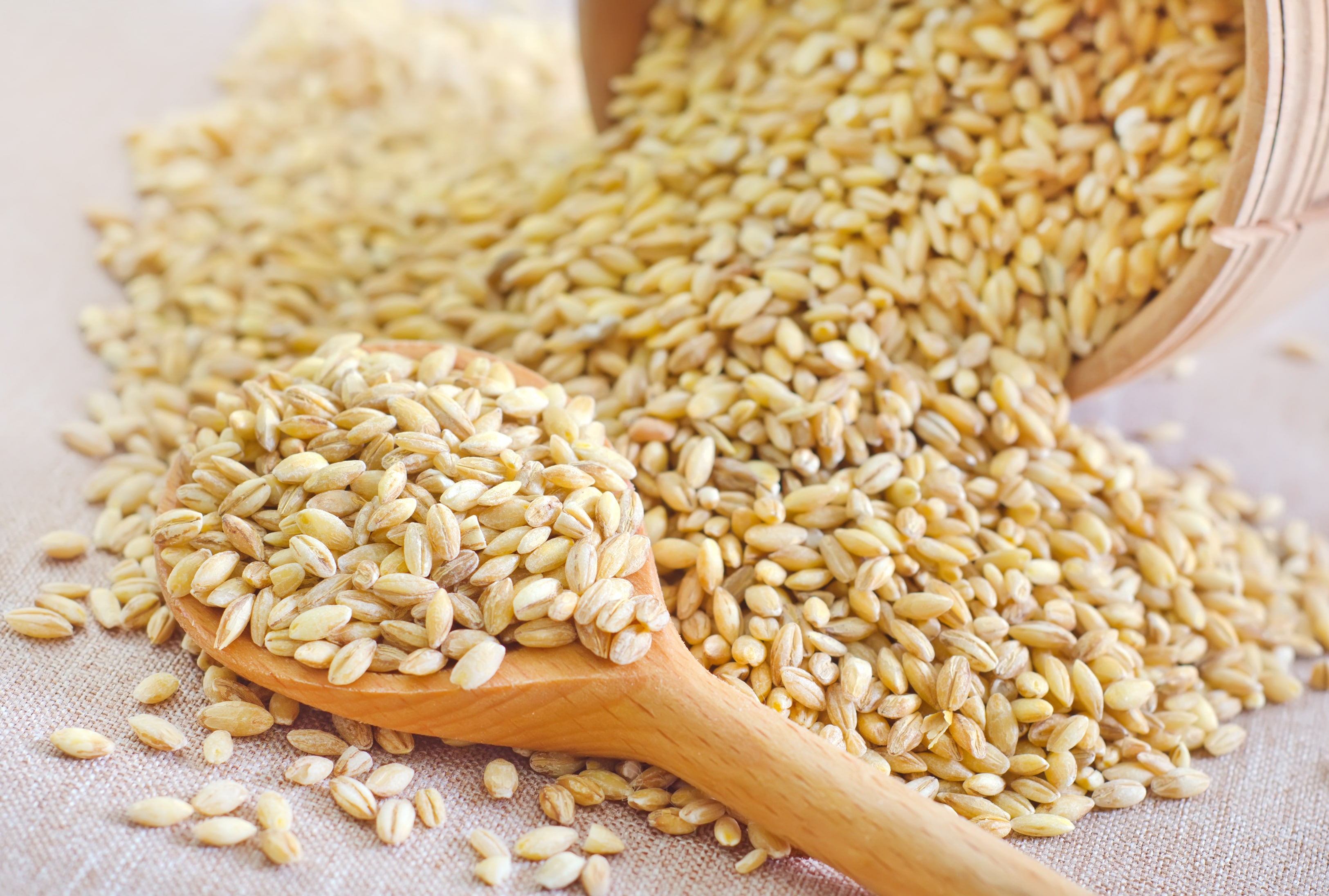
Gluten and Enzymes in Wheat make it perfect for Bread
Wheat flour is the perfect flour for making bread because of the gluten and the enzymes found in wheat berries.
Gluten: Wheat flour produces excellent bread primarily because of the proteins that produce gluten. Wheat produces a larger amount of gluten than rye, spelt, barley and many other flours you may have heard of. This allows it to hold more gas and produce a light and airy bread.
Enzymes: Another important factor that makes wheat good for bread making in general are the enzymes found in wheat. Enzymes break down the complex sugars in the endosperm into simple sugars that yeast love to feed on. Yeast multiply and produce gases that are then captured by the gluten strands, which is what allows bread to rise.
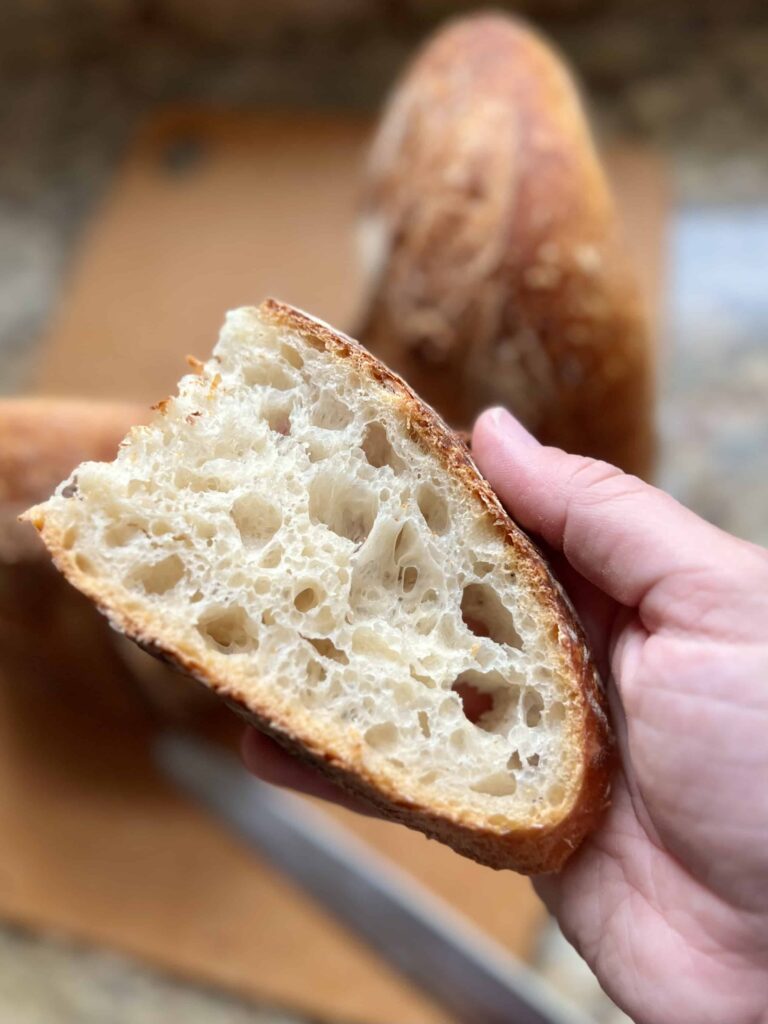
A Guide to Wheat Flour: Different Types of Wheat Grown in the U.S.
The United States grows six main types of wheat. Below is a quick summary of these and their best uses.
Hard red wheat- Hard red wheat has both spring and winter varieties:
- Hard red winter: accounts for 40% of total U.S. wheat production and is used mainly in making bread flour. It is planted in the fall and harvested in the summer of the next year. It has around 10-13% protein content and is primarily used for bread baking.
- Hard red spring: accounts for 20% of total U.S. wheat production and is grown in the Northern plains. It has a shorter crop season and is planted in the spring and harvested in the fall. It has high protein content, 12-15% and blends well with other lower-protein wheat. It is used in bread baking ie: artisan breads, bagels, pizza crust, etc…
Hard white wheat (both spring and winter varieties):
This wheat is primarily grown in the Pacific Northwest but also a few other northern states. It accounts for 10-15% of wheat grown in the U.S. It has a mild flavor, a high protein content and is used for whole wheat breads, some noodles, crackers, cereals, etc… The protein content is anywhere from 10-14%.
Soft red wheat:
This is some of the wheat I buy from our local mill in Kentucky. It accounts for 15-20% of the wheat grown in the U.S. and is grown in more humid states, along the Mississippi River and other Eastern states. It has a lower protein content at 8.5-10%, which means it can have trouble holding the structure of a loaf of bread and is perfect for flat breads, cakes, cookies, crackers, pancakes, quick breads and pastries.
Soft white wheat:
This wheat makes up 10% of US wheat production and is grown primarily in Pacific Northwest (also a few places in Montana). It is used in pastries, biscuits, crackers, snack foods, Asian noodles and bakery products. The protein content is 8.5-10%.
Durum wheat:
This is a very hard wheat. It’s grown in the Northern Plains and desert areas of Arizona and California and makes up 3-5% of total U.S. wheat production. Semolina is another name for flour that is made from durum wheat. It has a high gluten content (12-15%) and is used primarily for pasta. The gluten that forms when durum wheat flour is mixed with liquids is not elastic like other wheat flours, so it is often used in combination with other flours.
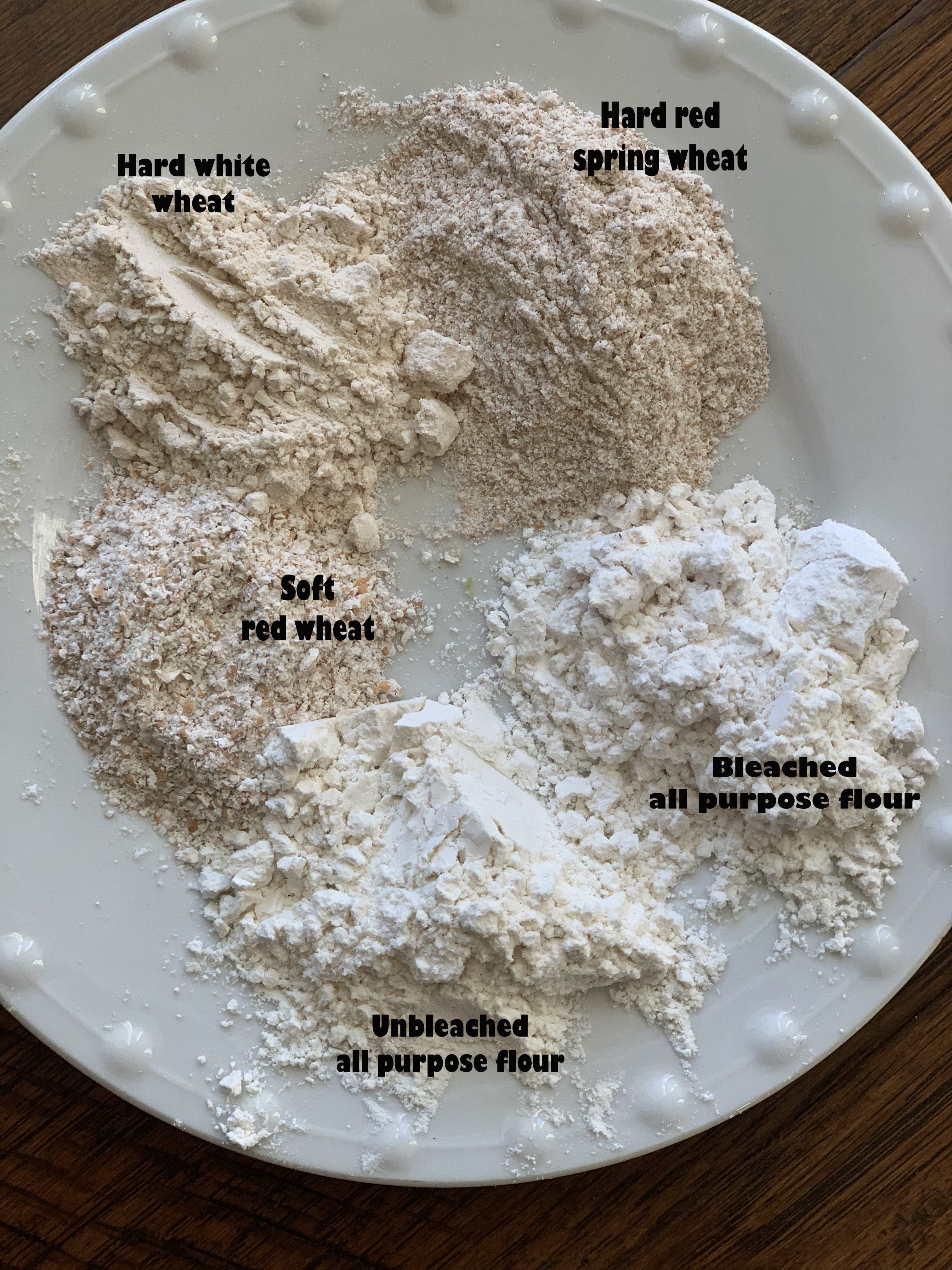
What do protein percentages have to do with flour?
The amount of protein in flour helps determine if the flour would be good for baking breads or better for batters/cakes/pastries. You will often hear of higher percentage flours called “hard flour” or “strong flour” and lower percentages of protein referred to as “soft flour.” The protein in the flour; gliadin and glutenin, turn into gluten when liquid is added. Higher protein flour produces more gluten strands which trap the carbon dioxide, creating the beautiful bread dough. The gluten also provides enough structure to hold a loaf of bread as it rises. Lower protein flours, or “soft” flours don’t create as much gluten when the proteins are mixed with liquid, and are not as good for baking bread.
What does this mean for me at the grocery store? What flour should I use for baking?
All Purpose Flour- This is the flour I’m sure most of us are familiar with at the grocery store. All purpose flour is a blended wheat flour composed of hard and soft wheats. It can range in protein content but is typically around 11.5% protein – basically a good flour for all baking purposes. Often all purpose flours have been bleached and are composed of only the endosperm, which means they are not as nutritious as a whole wheat flour. I always have all purpose flour on hand because it can be used for almost anything.
Whole Wheat Flour: Whole wheat flour has all of the nutrients from the wheat berries; bran, germ, and endosperm. Look carefully at the types of whole wheat flour listed above to decide which one to choose. Many people like the flavor of white whole wheat flour (mild) while others prefer a heartier red whole wheat flour. Always choose a hard whole wheat for your yeast breads or mix some of the flours together with a high protein percentage. For pastries and quick breads choose a soft whole wheat flour with a lower protein percentage.
Whole wheat flour is the most nutrient-rich flour available and often the least processed. Whole wheat flour can go rancid if left on the shelf too long because of the germ in the flour. Keep your whole wheat flour in the freezer to keep it fresh if you don’t think you will use it up within a month. I mostly grind my own wheat berries and typically grind what I need, but if I have extra, I freeze it.
One more note about whole wheat flour: Once milled, the bran in the whole wheat flour has sharp edges that cut the strands of gluten which form in the dough. This is why whole grain bread can be more dense and not rise as much as bread made with white flour. To help compensate for this, you can add some vital wheat gluten to give the finished loaf more chew and spring.
Bread Flour– Bread flour has a protein content around 12.5-13%, which creates stronger gluten strands resulting in a better rise for your bread. It can come in white and whole wheat varieties, and dough made of bread flour holds together well. It is known for making breads more chewy, springy and gives them a better rise.
Cake Flour- This is a very delicate white flour with a low protein content (usually 7-8%). It is usually bleached and can make a very fine-textured crumb and a good rise in cakes and sometimes cookies. A good substitution for cake flour is adding 2 tablespoons of cornstarch to every cup of all purpose flour and sifting them together before using.
Self-Rising Flour– This is a combination of all purpose flour, baking powder and salt. Many people like to use this for biscuits, though I prefer to make my own (1 cup of all purpose flour, 1½ teaspoons of baking powder and ¼ teaspoon salt).

Looking for Incredible Yeast Recipes?
Frequently Asked Questions:
Bleached flour is chemically bleached to speed up aging. Bleached flour produces a softer, more fluffy baked good and is often used in pancakes, cookies, cakes, etc… Unbleached flour is a little more dense, less white and “bleaches itself” while it ages. It is often used in breads and pastries with more structure.
This article focuses mainly on flour milled in the United States. Type 00 flour is a special Italian-style flour. It is well-known for being used to make traditional Neapolitan-style pizza. It gives a light, tender, crispy, chewy, thin crust all at the same time. In Italy, flour is categorized by how finely ground it is, not protein content. Type 00 flour is their most finely ground flour, with almost all of the bran and germ sifted out. The type 00 flour used for pizza and often has an 11-12% protein content. It has the most stretch and extensibility after mixing, making it perfect for pizza dough.
There are many other popular grains in the U.S. that people like to bake with. Rye, spelt, kamut, einkorn and specialty blends are becoming more and more common. All have unique flavors and properties that make them good for baking certain types of bread.
If you’re talking about sourdough artisan bread, I love using a combination of freshly milled whole wheat flour with a bread flour. It gives great flavor and the bread flour gives a great texture to your finished loaf. You can use all purpose flour when making an artisan loaf, but your bread won’t be quite as springy, crispy and overall tasty. You also don’t need to use a whole wheat flour but your fermentation time will be pushed a little longer if you don’t include it.
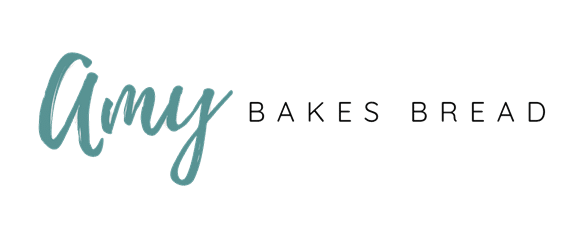
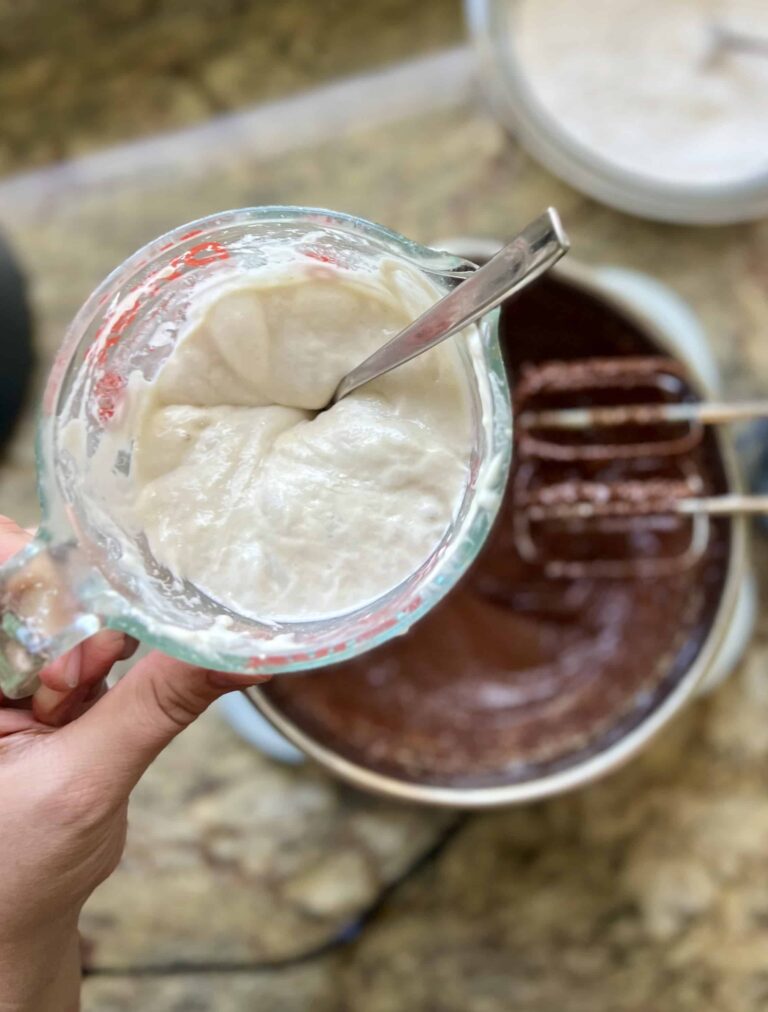
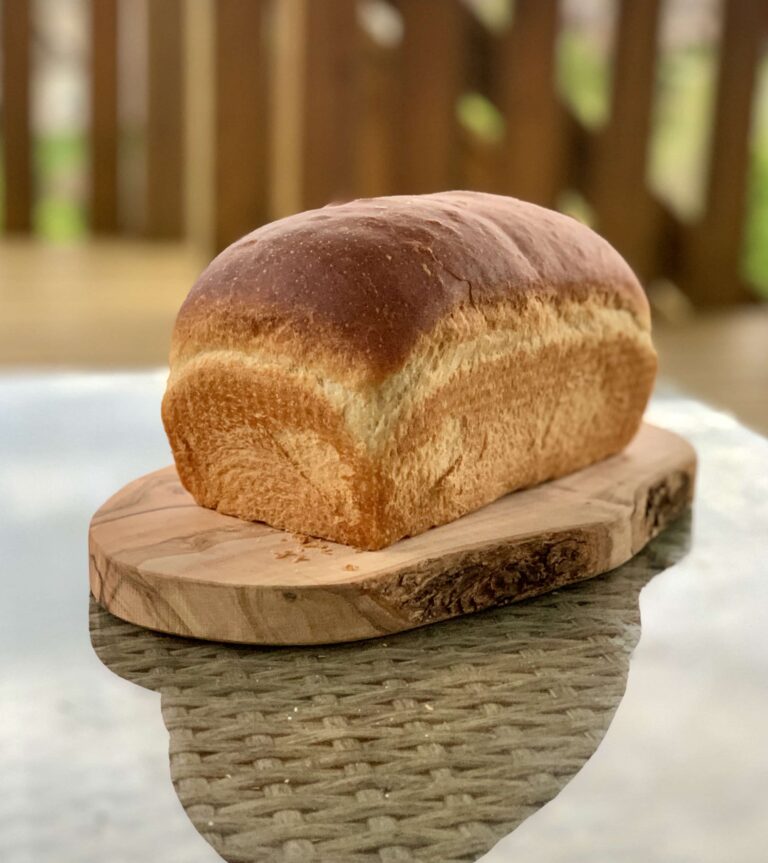
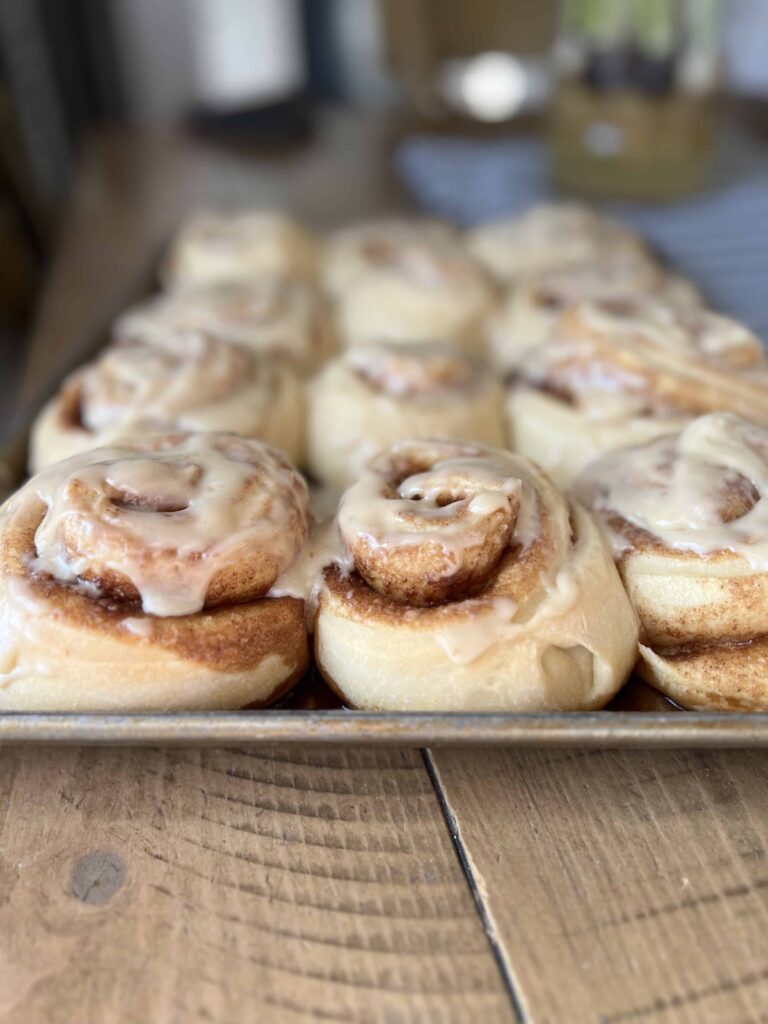
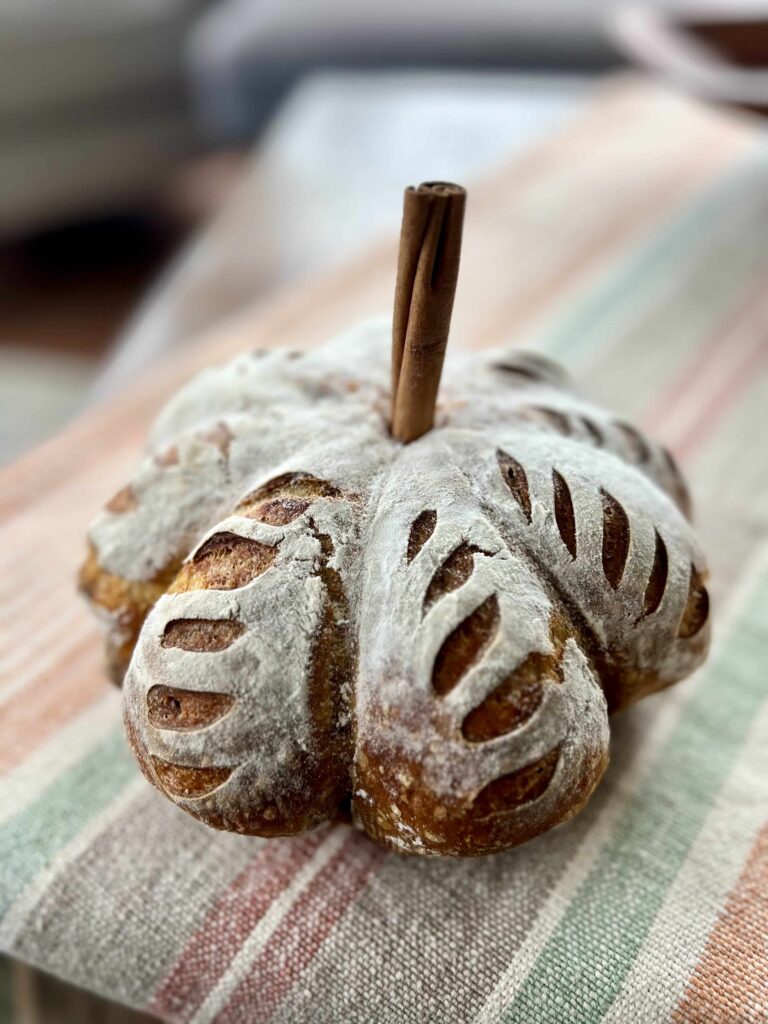
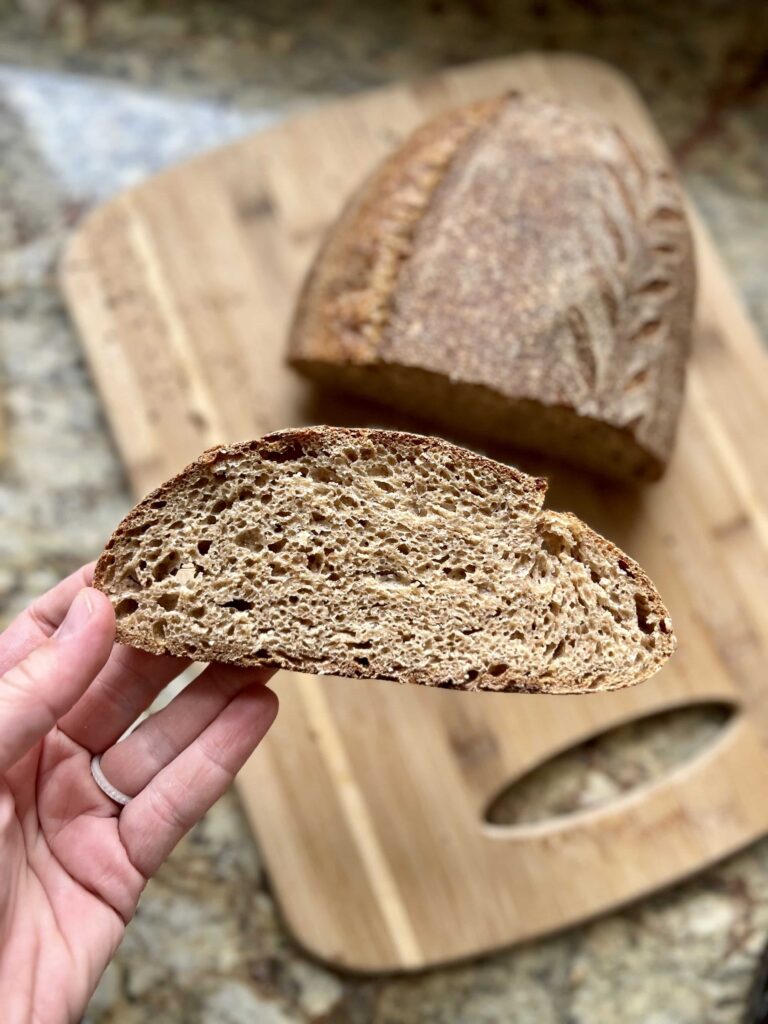
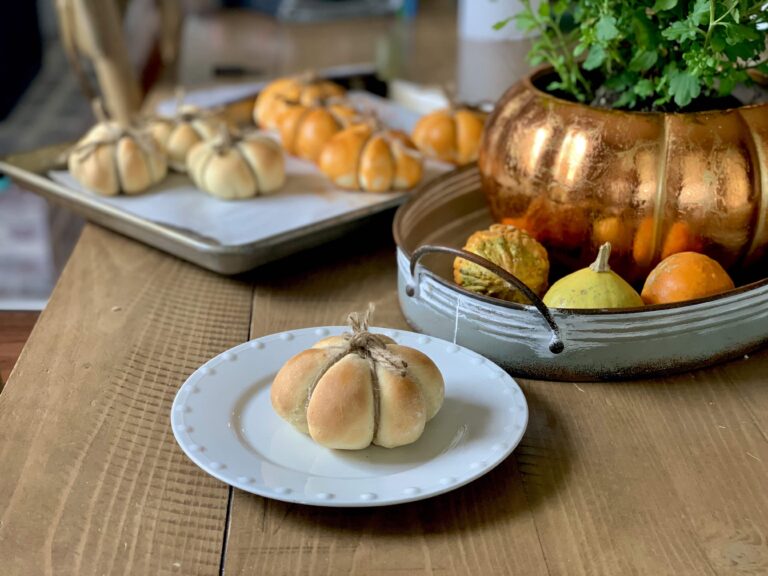
Wow!! That was an interesting read. I will have to bookmark this for future reference. I didn’t know a lot of that, and now more things make sense with regards to the flours I can use. Thanks!!! 🙌🏻🍞
I’m grateful to have it all for future reference too 🙂
How do I freshly mill all purpose flour?
You will use a combination of a hard wheat and a soft wheat flour to get an all purpose. You can sift the flour or run it through your grain mill again to get a more finely milled flour if that’s what you’re looking for.